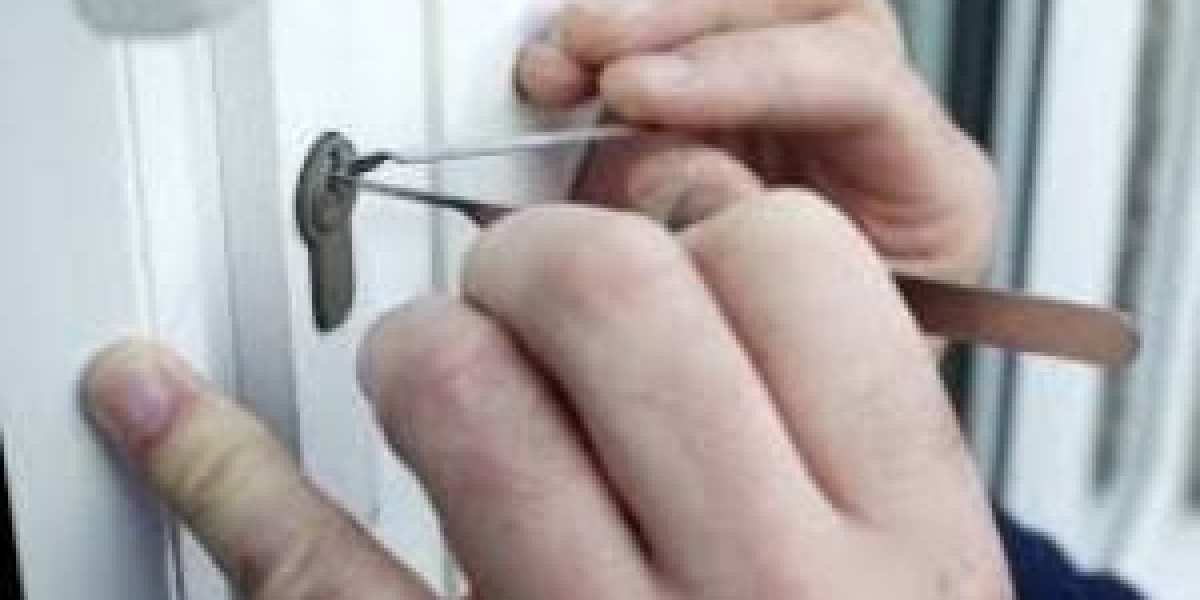Navigating Home Window Repair: A Comprehensive Guide
Home windows are more than just openings that let light in and keep the components out. They play a crucial function in the energy efficiency, security, and visual appeal of a home. Gradually, however, windows can degrade due to use and tear, climate condition, or accidental damage. When this occurs, it's important to resolve the issues quickly to keep the integrity of your home. This extensive guide will walk you through the process of home window repair, from recognizing common problems to performing the needed fixes.
Typical Window Issues and Their Causes
Before diving into the repair procedure, it's crucial to understand the typical problems that can emerge with home windows. Here are some of the most regular issues:
Leaking or Drafty Windows
- Causes: Poor installation, worn-out weatherstripping, or damaged seals.
- Symptoms: Water spots on walls, drafts, and increased energy bills.
Cracked or Broken Glass
- Causes: Accidental effect, severe temperature level changes, or old, breakable glass.
- Signs: Visible fractures, damaged panes, or shattered glass.
Sticking or Hard-to-Open Windows
- Causes: Warped frames, built up dirt, or inflamed wood.
- Signs: Difficulty in opening or closing windows, squeaking, or jamming.
Foggy or Cloudy Windows
- Causes: Failed seals in double-pane windows, permitting wetness to enter the area between the panes.
- Signs: Fog or condensation inside the window, lowered presence.
Rotting or Damaged Wood Frames
- Causes: Moisture exposure, insect invasions, or absence of upkeep.
- Symptoms: Soft, falling apart wood, noticeable decay, or insect activity.
Tools and Materials Needed for Window Repair
Before you start any repair, collect the necessary tools and products. Here's a list to help you start:
Basic Tools:
- Screwdriver
- Hammer
- Pliers
- Energy knife
- Caulking weapon
- Paintbrush or roller
Materials:
- Weatherstripping
- Caulk
- Replacement glass
- Wood filler
- Paint or stain
- Silicone sealant
- Glazing compound
Step-by-Step Guide to Home Window Repair
Evaluate the Damage
- Step 1: Identify the specific concern with your window. Is it a leakage, a damaged pane, or a sticking window?
- Step 2: Determine the extent of the damage. Minor concerns can often be repaired with simple repairs, while significant problems may need expert assistance.
Prepare the Work Area
- Step 1: Clear the area around the window to ensure you have sufficient space to work.
- Action 2: Protect your floorings and furnishings with drop fabrics or plastic sheeting.
Fixing Leaking or Drafty Windows
- Step 1: Remove old weatherstripping or caulking.
- Action 2: Clean the window frame and surrounding areas.
- Action 3: Apply new weatherstripping or caulk, making sure a tight seal.
- Step 4: Test the window to ensure it is no longer dripping or drafty.
Replacing Broken Glass
- Action 1: Remove the damaged glass carefully to prevent injury.
- Action 2: Clean the window frame and eliminate any old glazing substance.
- Action 3: Install the brand-new glass and protect it with glazing compound.
- Step 4: Allow the glazing compound to dry according to the producer's guidelines.
Fixing Sticking or Hard-to-Open Windows
- Step 1: Clean the window tracks and eliminate any particles.
- Action 2: Apply a lubricant, such as silicone spray, to the tracks.
- Action 3: If the window is distorted or swollen, you might require to sand down the impacted locations or replace the frame.
Resolving Foggy or Cloudy Windows
- Step 1: Remove the damaged window pane.
- Step 2: Install a brand-new double glazing window repair-pane window or replace the seals.
- Action 3: Ensure the new window is effectively sealed to prevent wetness from going into.
Fixing Rotting or Damaged Wood Frames
- Step 1: Remove the damaged wood using a sculpt or utility knife.
- Step 2: Apply wood filler to the affected areas and enable it to dry.
- Step 3: Sand the filled locations until they are smooth.
- Step 4: Paint or stain the fixed areas to match the remainder of the window frame.
Frequently Asked Questions About Home Window Repair
Q: Can I fix a damaged window myself, or should I call a professional?A: Minor doors repairs, such as replacing a little pane of glass or using new weatherstripping, can often be done by property owners. However, for major problems like comprehensive frame damage or complex double-pane windows, it's best to seek advice from an expert.

Q: How frequently should I examine my windows for damage?A: It's an excellent concept to inspect your windows at least as soon as a year, ideally during the spring or fall. This will help you catch and attend to problems before they become more major.
Q: What can I do to avoid window damage in the future?A: Regular maintenance is crucial. Keep your windows clean, replace weatherstripping as needed, and address any signs of moisture or damage quickly. Furthermore, think about installing storm windows or window treatments to offer additional defense.
Q: How do I know if my window requires to be replaced entirely?A: If your window is severely damaged, energy inefficient, or beyond repair, it might be time for a replacement. Indications consist of several damaged panes, decaying frames, and relentless drafts or leaks.
Q: Are there any safety preventative measures I should take when fixing windows?A: Yes, safety is essential. Always use protective gloves and safety glasses when dealing with broken glass or using chemicals. Work in a well-ventilated area, and ensure you have a stable ladder if you need to reach high windows.
Home window repair a window is a job that can be handled by numerous homeowners with the right tools and knowledge. By addressing typical issues promptly and following the steps laid out in this guide, you can preserve the performance and look of your windows. Keep in mind, regular maintenance and timely upvc doors repairs can extend the life of your windows and improve the overall comfort and effectiveness of your home. If you experience more complex issues, don't hesitate to look for professional help to make sure the task is done correctly and securely.







